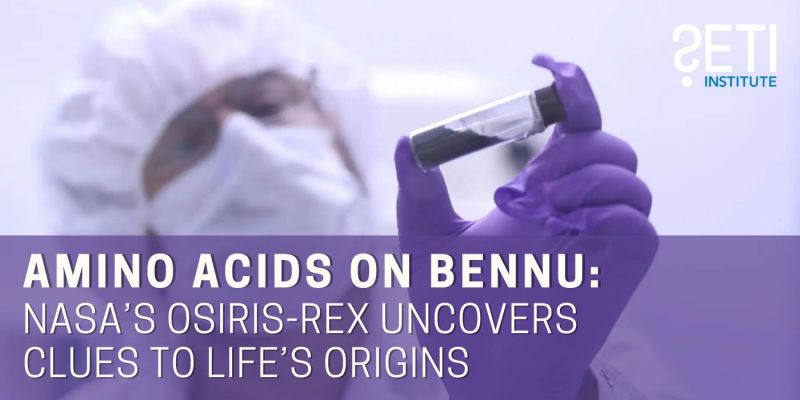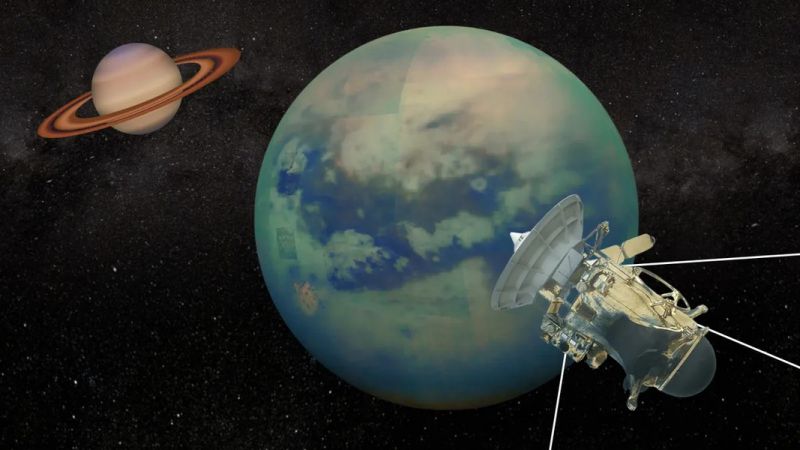
Planetary Picture of the Day
Week of February 3, 2025
This week, we feature Mars and Jupiter, the first image from Europa Clipper, a new picture from JWST, and a celebration of the wondrous Cat's Eye Nebula.
Monday, 3 February 2025

Phobos Over Mars
Phobos, the larger of Mars's two moons, measures 27 x 22 x 18 kilometers. It orbits Mars three times a day and is so close to the surface that it is not always visible from certain locations on Mars. Phobos came close to being destroyed by a significant impact and is scarred by numerous meteorite strikes.
The moon's trajectory will eventually bring it into contact with Mars, drawing nearer at a rate of 1.8 meters every hundred years. Within 50 million years, Phobos will either crash into Mars or break apart, forming a ring around the planet.
This colorized image was created using a single shot from ESA's Mars Express, not a composite image. The satellite's camera scans the Martian surface, stretching the view as it moves by.
Tuesday, 4 February 2025

Jupiter in Ultraviolet Light
This NASA Hubble Space Telescope image shows the planet Jupiter in a color composite of ultraviolet wavelengths. Released on Nov. 3, 2023, in honor of Jupiter reaching opposition, which occurs when the planet and the Sun are on opposite sides of the sky, this view of the gas giant planet includes the iconic, massive storm called the “Great Red Spot.” Though the storm appears red to the human eye, this ultraviolet image appears darker because high-altitude haze particles absorb light at these wavelengths. The reddish, wavy polar hazes absorb slightly less of this light due to particle size, composition, or altitude differences.
Wednesday, 5 February 2025

A Dusty and Dynamic Disc
This new NASA/ESA/CSA James Webb Space Telescope Picture of the Month presents HH 30 in unprecedented resolution. This target is an edge-on protoplanetary disc surrounded by jets and a disc wind. It is located in the dark cloud LDN 1551 in the Taurus Molecular Cloud.
Herbig-Haro objects are small nebulae found in star formation regions. They mark the locations where gas outflowing from young stars is heated into luminescence by shockwaves. HH 30 is an example of this outflowing gas, which takes the form of a narrow jet. The source star is located on one end of the jet, hidden behind an edge-on protoplanetary disc that the star illuminates.
Thursday, 6 February 2025


First Images From NASA's Europa Clipper
This mosaic of a star field was made from three images captured on Dec. 4, 2024, by star tracker cameras aboard NASA's Europa Clipper spacecraft. The pair of star trackers (formally known as the stellar reference units) captured and transmitted Europa Clipper's first imagery of space. The picture, composed of three shots, shows tiny pinpricks of light from stars 150 to 300 light-years away. The starfield represents only about 0.1% of the full sky around the spacecraft, but by mapping the stars in just that small slice of sky, the orbiter is able to determine where it is pointed and orient itself correctly.
The starfield includes the four brightest stars – Gienah, Algorab, Kraz, and Alchiba – of the constellation Corvus, which is Latin for "crow," a bird in Greek mythology that was associated with Apollo. Besides being interesting to stargazers, the photos signal the successful checkout of the star trackers. The spacecraft checkout phase has been going on since Europa Clipper launched on a SpaceX Falcon Heavy rocket on Oct. 14, 2024.
Friday, 7 February 2025

Cat's Eye Nebula
The Cat's Eye Nebula (NGC 6543) was determined to be composed of ionized gases by Sir William Huggins, born on this date in 1824. Alongside his wife Margaret, the pair were the first to use a spectroscope to view the nebula's spectrum. At the center of the Cat's Eye Nebula is a dying Wolf Rayet star.
An enormous but extremely faint halo of gaseous material, over three light-years across, surrounds the Cat's Eye Nebula. In recent years, some planetary nebulae have been found to have halos like this one, likely formed of material ejected during earlier active episodes in the star's evolution—most likely some 50,000 to 90,000 years ago.
This image was taken by Romano Corradi with the Nordic Optical Telescope on La Palma, in the Canary Islands. It is constructed from two narrow-band exposures, showing oxygen atoms (1800 seconds, in blue) and nitrogen atoms (1800 seconds, in red).





